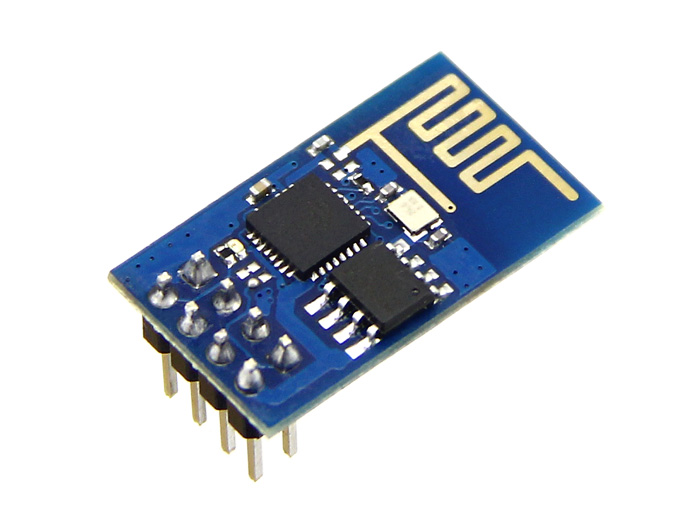Next, I need a Micro Processing Unit (MPU), Micro-controller (MCU) and the software.
After some design considerations, I have decided the brain of my system shall be a Raspberry PI.

After some design considerations, I have decided the brain of my system shall be a Raspberry PI.
- Raspberry is easily available. I have purchased mine at Taobao for less than S$70. It comes with a casing, power supply, 3xheat sinks, fan and a 16GB micro SD. This is the cheapest I can find.
- There are so many documentations, videos and websites on Raspberry Pi.
- I watched a youtube clip showing Google Home assistant can be easily installed on a Pi. That sealed my decision to choose Raspberry Pi.
The next piece shall be the automation software, Currently, the most popular Home Automation control software are Openhab and HomeAssistant. I do not have time to evaluate both and settled for Openhab as I am more of a Java programmer. In case anything that needs debugging, it will be easier for me (but it turned out that I do not really need to look at the code).
I like the Arduino development platform. Simple to programme and its support so many types of MCU. I decided to settle using ESP8266, a low cost, wifi enable MCU powerful enough for most IoT applications. The big brother ESP32 looks tempting but it cost about 3-4 time more.
There is a particular version of ESP8266 Wemos D1 mini which I like very much. It has a stackable design whereby various module can be stacked up without any soldering. It has quite a few models of temperature sensors, OLED display and accessories. More can be found on Wemos website.

itead is a Chinese company which sells WIFI switches, lights and power plugs that are based on ESP8266 MCU. One unique thing about itead's sonoff range of products is it allowed flashing of custom firmware onto it. There are a few good 3rd parties firmware and I have chosen Tasmota. In the future blog post, more will be written Tasmota.


Comments
Post a Comment